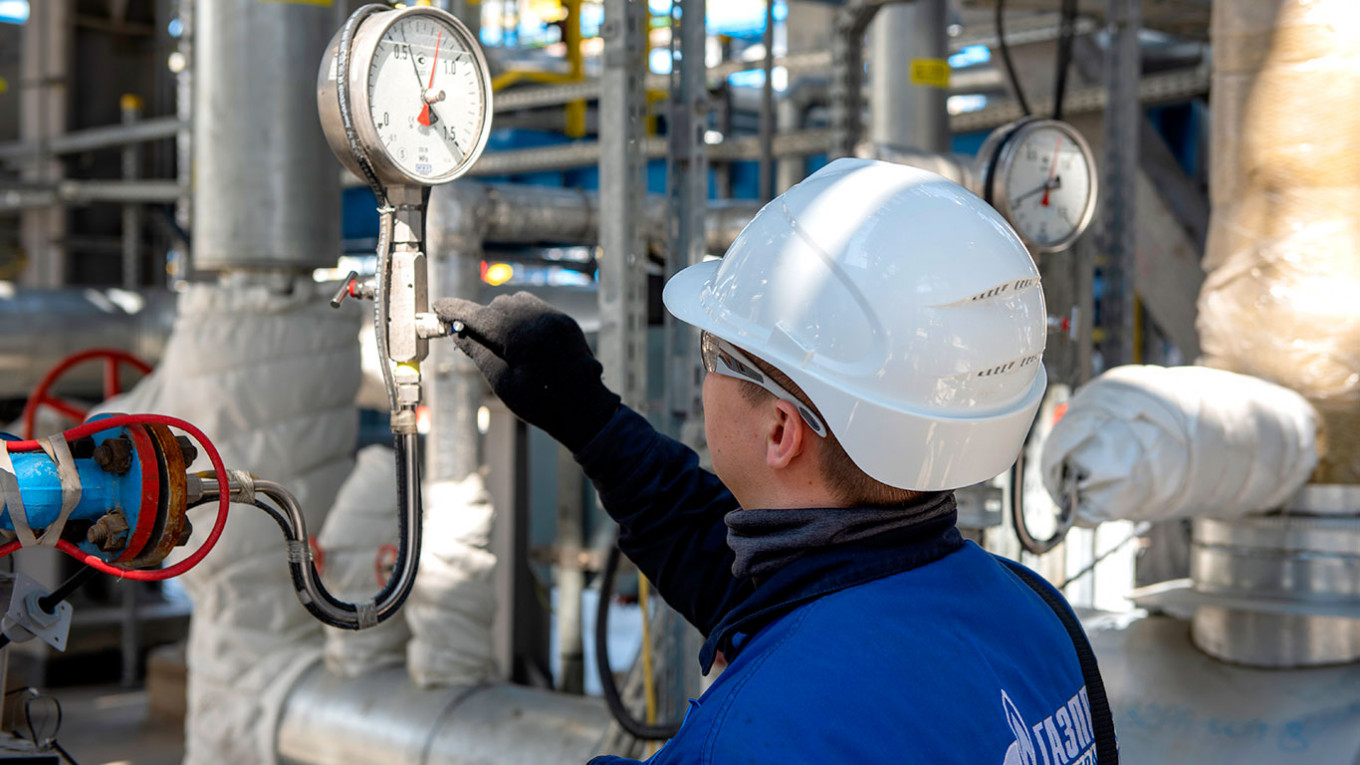Gas distribution installations play a pivotal role in ensuring the reliable and efficient supply of natural gas to homes, businesses, and industries. As the global demand for clean and sustainable energy continues to rise, the spotlight is increasingly turning towards advancements in gas distribution technologies. This article explores the evolution of Etude fluides médicaux and the innovative solutions shaping the future of this crucial component of our energy infrastructure.
The Changing Landscape of Gas Distribution
Traditionally, gas distribution involved a centralized system where natural gas was transported over long distances through pipelines to end-users. However, advancements in technology are transforming this landscape. One notable development is the rise of decentralized gas distribution systems that utilize smart grids and advanced sensors to enhance efficiency and responsiveness.
Smart Gas Distribution Grids
The integration of smart technologies in gas distribution installations is a game-changer. Smart grids use real-time data and analytics to monitor and control the flow of gas, allowing for more accurate predictions of demand and enabling proactive maintenance. This not only enhances the reliability of the system but also improves safety measures by quickly identifying and responding to potential issues.
Moreover, smart gas meters installed at consumer premises provide users with real-time data on their gas consumption. This not only empowers consumers to make informed decisions about their energy usage but also enables utility companies to optimize distribution routes and reduce wastage.
Green Initiatives and Renewable Gas
With the growing emphasis on sustainability, gas distribution installations are adapting to incorporate renewable and low-carbon gases. Bio-methane, hydrogen, and synthetic gases produced from renewable sources are gaining traction as alternatives to traditional natural gas. These green gases can be seamlessly integrated into existing gas distribution infrastructure, offering a more sustainable energy solution.
Hydrogen, in particular, is gaining attention as a clean energy carrier for the future. Gas distribution installations are being designed or retrofitted to handle hydrogen, creating a pathway for the transition to a hydrogen-based economy. This shift aligns with global efforts to reduce carbon emissions and combat climate change.
Infrastructure Upgrades and Resilience
As gas distribution systems age, there is a growing need for infrastructure upgrades to ensure the resilience and longevity of the network. Advanced materials and construction techniques are being employed to enhance the durability of pipelines, storage facilities, and distribution points. Additionally, the incorporation of artificial intelligence and machine learning in maintenance practices enables predictive analytics, reducing downtime and improving overall system reliability.
Cybersecurity in Gas Distribution
With increased digitization and connectivity, the need for robust cybersecurity in gas distribution installations cannot be overstated. Protecting critical infrastructure from cyber threats is a priority, and industry stakeholders are investing in state-of-the-art cybersecurity measures to safeguard against potential disruptions and ensure the integrity of gas distribution systems.
Conclusion
Gas distribution installations are undergoing a transformative phase, driven by technological advancements, environmental considerations, and the need for increased efficiency.
